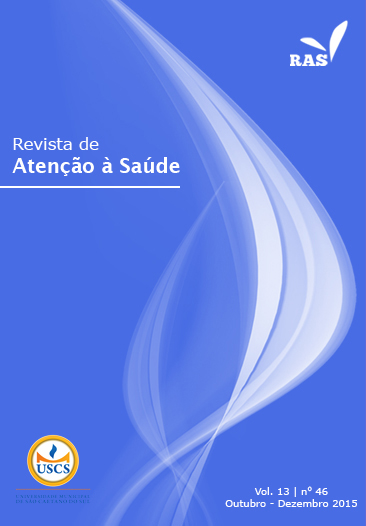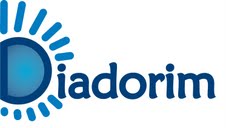INFLUENCE OF NEUROMUSCULAR ELECTRICAL STIMULATION AND KINESIOTHERAPY IN THE RANGE OF MOTION OF THE HANDLE OF HEMIPARETIC SUBJECTS
DOI:
https://doi.org/10.13037/ras.vol13n46.3044Keywords:
Stroke, hemiparesis, electrical stimulation, kinesiotherapy, joint goniometry.Abstract
Introduction: The stroke is considered the main neurological impairment that causes disability amongadults. The hemiparesis is a common motor dysfunction among individuals who have suffered stroke.Neuromuscular Electrical Stimulation (NMES) and kinesiotherapy are resources used in the treatmentof these individuals. Objectives: To investigate the influence of NMES with or without cinesiotherapyin range of motion (ROM) in flexion and extension active of wrists in patients with stroke sequelae.Materials and methods: Eighteen patients were divided into two groups: one was treated NMES theother one with NMES associated with kinesiotherapy, both groups were subject of 16 attendances, beingevaluated before, at the end of treatment and after one and three months after completing the treatment.Results: There was an increase in flexion and wrist extension in both groups within three months aftercompleting the treatment. However, it was found that to increase the extension ROM, the treatment withNMES associated with kinesiotherapy was more effective when compared to the use of NMEE in isolation.Conclusions: These proposed treatments were able to provide increased flexion and wrist extensionof the studied population, however, the treatment with the NMEE associated with kinesiotherapy wasmore effective for increasing the extension ROM.Downloads
Downloads
Published
2015-10-06
Issue
Section
ARTIGOS ORIGINAIS
License
Policy Proposal for Journals offering Free Delayed Access
Authors who publish in this magazine agree to the following terms:
- Authors maintain the copyright and grant the journal the right to the first publication, with the work simultaneously licensed under a Creative Commons Attribution License after publication, allowing the sharing of the work with recognition of the authorship of the work and initial publication in this journal.
- Authors are authorized to assume additional contracts separately, for non-exclusive distribution of the version of the work published in this magazine (eg, publishing in institutional repository or as a book chapter), with the acknowledgment of the authorship and initial publication in this journal.
- Authors are allowed and encouraged to publish and distribute their work online (eg in institutional repositories or on their personal page) at any point before or during the editorial process, as this can generate productive changes, as well as increase impact and citation of the published work (See The Effect of Open Access).









